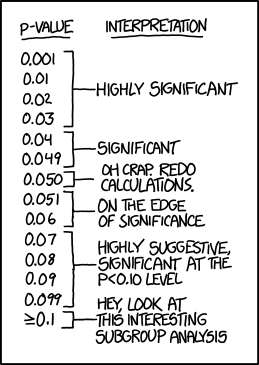From John Garnagi’s EvalBlog post of 30 January 2015 See also the 40+ comments posted there as well
As someone said, “Making predictions can be difficult, especially about the future”
Give your opinions on these predictions via the online poll at the bottom of this page, and see what others think
See also other writers predictions, access ble via links after the opinion poll
(1) Most evaluations will be internal.
The growth of internal evaluation, especially in corporations adopting environmental and social missions, will continue. Eventually, internal evaluation will overshadow external evaluation. The job responsibilities of internal evaluators will expand and routinely include organizational development, strategic planning, and program design. Advances in online data collection and real-time reporting will increase the transparency of internal evaluation, reducing the utility of external consultants.
(2) Evaluation reports will become obsolete.
After-the-fact reports will disappear entirely. Results will be generated and shared automatically—in real time—with links to the raw data and documentation explaining methods, samples, and other technical matters. A new class of predictive reports, preports, will emerge. Preports will suggest specific adjustments to program operations that anticipate demographic shifts, economic shocks, and social trends.
(3) Evaluations will abandon data collection in favor of data mining.
Tremendous amounts of data are being collected in our day-to-day lives and stored digitally. It will become routine for evaluators to access and integrate these data. Standards will be established specifying the type, format, security, and quality of “core data” that are routinely collected from existing sources. As in medicine, core data will represent most of the outcome and process measures that are used in evaluations.
(4) A national registry of evaluations will be created.
Evaluators will begin to record their studies in a central, open-access registry as a requirement of funding. The registry will document research questions, methods, contextual factors, and intended purposes prior to the start of an evaluation. Results will be entered or linked at the end of the evaluation. The stated purpose of the database will be to improve evaluation synthesis, meta-analysis, meta-evaluation, policy planning, and local program design. It will be the subject of prolonged debate.
(5) Evaluations will be conducted in more open ways.
Evaluations will no longer be conducted in silos. Evaluations will be public activities that are discussed and debated before, during, and after they are conducted. Social media, wikis, and websites will be re-imagined as virtual evaluation research centers in which like-minded stakeholders collaborate informally across organizations, geographies, and socioeconomic strata.
(6) The RFP will RIP.
The purpose of an RFP is to help someone choose the best service at the lowest price. RFPs will no longer serve this purpose well because most evaluations will be internal (see 1 above), information about how evaluators conduct their work will be widely available (see 5 above), and relevant data will be immediately accessible (see 3 above). Internal evaluators will simply drop their data—quantitative and qualitative—into competing analysis and reporting apps, and then choose the ones that best meet their needs.
(7) Evaluation theories (plural) will disappear.
Over the past 20 years, there has been a proliferation of theories intended to guide evaluation practice. Over the next ten years, there will be a convergence of theories until one comprehensive, contingent, context-sensitive theory emerges. All evaluators—quantitative and qualitative; process-oriented and outcome-oriented; empowerment and traditional—will be able to use the theory in ways that guide and improve their practice.
(8) The demand for evaluators will continue to grow.
The demand for evaluators has been growing steadily over the past 20 to 30 years. Over the next ten years, the demand will not level off due to the growth of internal evaluation (see 1 above) and the availability of data (see 3 above).
(9) The number of training programs in evaluation will increase.
There is a shortage of evaluation training programs in colleges and universities. The shortage is driven largely by how colleges and universities are organized around disciplines. Evaluation is typically found as a specialty within many disciplines in the same institution. That disciplinary structure will soften and the number of evaluation-specific centers and training programs in academia will grow.
(10) The term evaluation will go out of favor.
The term evaluation sets the process of understanding a program apart from the process of managing a program. Good evaluators have always worked to improve understanding and management. When they do, they have sometimes been criticized for doing more than determining the merit of a program. To more accurately describe what good evaluators do, evaluation will become known by a new name, such as social impact management.
[polldaddy poll=8695621]
See also…

